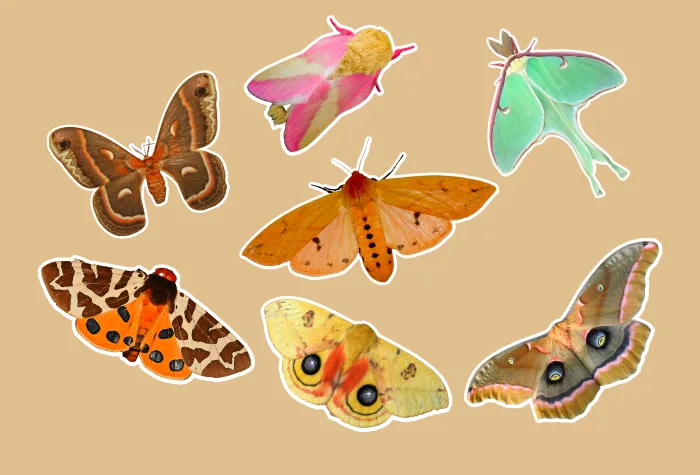
Moths: underestimated heroes of the pollination season
We took to the streets and asked people to name a pollinator. Not surprisingly, most immediately thought of bees - but the humble moth is no lightweight.
Pollinators support about 35 per cent of the world's food crop production and contribute about $24 billion to the U.S. economy annually.
On a global scale, there are 200,000 known species of animals that act as pollinators.
Moths are included in that list and we like to think of them as unsung heroes of the pollination season.
If they tend to slip your mind, you aren't alone. That may have to do with the fact that many moth species are nocturnal, visiting plants when the world is asleep.
But the night shift is anything but leisurely.
One 2017 study out of the UK found that in addition to transporting pollen from several plants also frequented by bees, butterflies, and hoverflies, moths also interact with plants that are often overlooked by those daytime fliers.
Canada is home to about 5,000 moth species, and we still have a lot to learn about them.
"One of the crucial things about moths is that we probably don't even know the relationships that we are losing with moths and plants," Junaid Khan, a research ecologist and pollinator stewardship coordinator with Pollinator Partnership Canada, tells The Weather Network.
Take the Yucca moth, the main pollinator of Alberta's soapweed plant.
Khan explains the plant and moth have evolved together over hundreds of thousands of years.
"We know that for this one particular species, but we don't for a lot of others," Khan says.
"I think that their complexity of relationships with the plants and nature around us is, is just like so infinitely interesting. And I really welcome people to kind of, you know, get a little more curious about them."
VIDEO: LEARN ABOUT THE HUMMINGBIRD MOTH
MAKE ROOM FOR POLLINATORS
You don't need a lot of room to create a pollinator haven - it's as simple as filling your green space with a diverse range of native plants.
And if you'd like to learn more about moths, here's a simple trick:
"If you've got an evening free in the middle of summer, go out into a field, set up a white sheet, and shine a light on it. You will have all kinds of moths arrive, and this is how you can do what is known as 'mothing," Khan says.
"That's how you can get to know who's around you."











